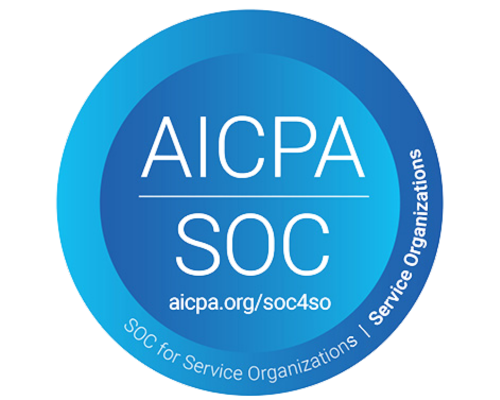Your 2025 I-9 Compliance Plan: 5-Step Strategy for Success

How to Plan Your I-9 Compliance Strategy for 2025
With 2025 now here, it’s the perfect time to review and strengthen your compliance strategy. The Department of Homeland Security (DHS) has emphasized the importance of accurate I-9 form completion and remote verification processes, making it essential for businesses to prepare. Non-compliance can result in hefty fines, operational disruptions, and reputational damage. In this evolving regulatory environment, proactive planning is your best defense—and your smartest investment. By refining your compliance strategy now, you can protect your business and position it for long-term success.
This article outlines a step-by-step approach to crafting your 2025 I-9 compliance strategy, from internal audits to selecting the right vendor and budgeting effectively.
Step 1:
Conduct an Internal Compliance Review
Start by evaluating your current compliance status. This process includes:
- Auditing Existing I-9 Forms: Review all forms for accuracy and completeness. Ensure all required fields are filled and verify the authenticity of provided documents.
- Identifying Gaps: Highlight inconsistencies or missing forms. According to recent reports, over 76% of audited I-9 forms contain errors that could result in fines.
- Training Staff: Educate HR teams on the latest DHS updates, including alternative remote verification procedures introduced in 2024.
Step 2:
Evaluate Vendors for Outsourcing
Given the intricacies of I-9 compliance, outsourcing to an experienced vendor can save time and reduce errors. When selecting a vendor:
- Check Credentials: Ensure the vendor specializes in I-9 compliance and offers DHS-aligned solutions.
- Review Services Offered: Look for features like live video verification, AI-powered audits, and multilingual support.
- Client Testimonials: Research vendor reviews and case studies for insight into their reliability and expertise.
Step 3:
Estimate Your Budget
I-9 compliance requires an upfront investment but can save significant costs in fines and operational inefficiencies. Key budgeting considerations include:
- Vendor Costs: Compare packages offered by top vendors.
- Training Expenses: Allocate funds for regular training programs.
- Technology Investment: Consider software or systems to streamline your compliance processes.
In 2024, U.S. businesses paid fines of up to $2,789 per non-compliant I-9 form during audits, highlighting the importance of a proactive strategy.
Step 4:
Weigh Investment Against Risk
Non-compliance can result in steep penalties and reputational damage. Use cost-benefit analysis to determine the ROI of investing in compliance tools and vendors versus risking non-compliance. Consider factors like:
- Fines and Penalties: Evaluate potential fines based on your employee count and current compliance level.
- Operational Impact: Understand how compliance delays or errors could disrupt business operations.
- Reputational Risk: Factor in the negative impact of publicized non-compliance cases.
Step 5:
Implement and Monitor Your Compliance Plan
Once your strategy is finalized, roll it out systematically:
- Define Roles: Assign specific compliance tasks to designated HR personnel.
- Use Technology: Leverage tools that offer real-time updates, alerts, and reporting.
- Schedule Audits: Conduct periodic audits to ensure ongoing compliance.
Clear I-9: Your Trusted Partner in I-9 Compliance
Clear I-9 simplifies your compliance journey with its cutting-edge solutions:
- Virtual Remote Verification: Seamlessly verify documents using DHS-approved procedures.
- Expert Guidance: Leverage a network of experienced verifiers to minimize errors.
- Scalable Solutions: Tailored options to meet the needs of businesses of any size.
Take control of your 2025 compliance strategy with Clear I-9. Avoid penalties, streamline your operations, and ensure peace of mind. Schedule a demo today and experience the Clear I-9 advantage!
Have Questions or Need More Information?
We will get back to you as soon as possible.
Please try again later.

HRlogics




